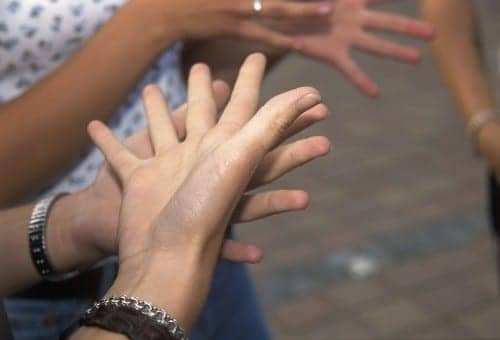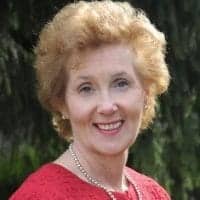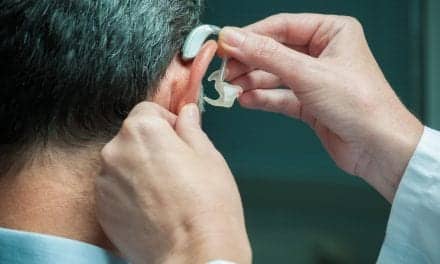A controversial proposal before the Los Angeles Unified School District to add American Sign Language (ASL) to its dual language and bilingual program could potentially effect the curriculum for thousands of deaf and hard-of-hearing children, according to an article in the LA Times.
Celebrities like Marlee Matlin and organizations like the American Civil Liberties Union (ACLU) are urging the district to pass Resolution 029-21/22, in which the Los Angeles School District would form a new Department of Deaf and Hard of Hearing Education and introduce ASL-English bilingual instruction to younger students, according to the article. Additionally, “students would be eligible to receive the state seal of biliteracy on their diplomas, and ASL would be offered as a language course in some high schools.“
“For 400 years at least there’s been a big battle between people who think children with hearing loss should speak, and people who think they should use sign language — it’s a very old argument,” Alison M. Grimes, director of audiology and newborn hearing at UCLA Health, was quoted as saying in the article. “This is the leading edge of a nationwide push to have all early intervention programs be more cognizant of and more balanced or more open to having kids use ASL. It’s very controversial.”
According to the LA Times, the majority of deaf and hard-of-hearing children are taught in oral classrooms and are only offered an ASL option if “cannot access spoken language at all or ‘fail out’ of mainstream classrooms.” Critics say that the “total communication” model utilized is less rigorous than bilingual models.
“This is not a new fight for us — this is something that we have been fighting for, and finally we have the attention of the LAUSD board,” Janette Durán-Aguirre, a school counselor for the district, who is deaf and supports the proposal, was quoted as saying in the article. “Especially for marginalized families, BIPOC families, families who don’t use English at home — these kids have been deprived on top of deprivation, on top of marginalization. We’re doing this for these students.”
To read the article in its entirety, please click here.
Source: LA Times






